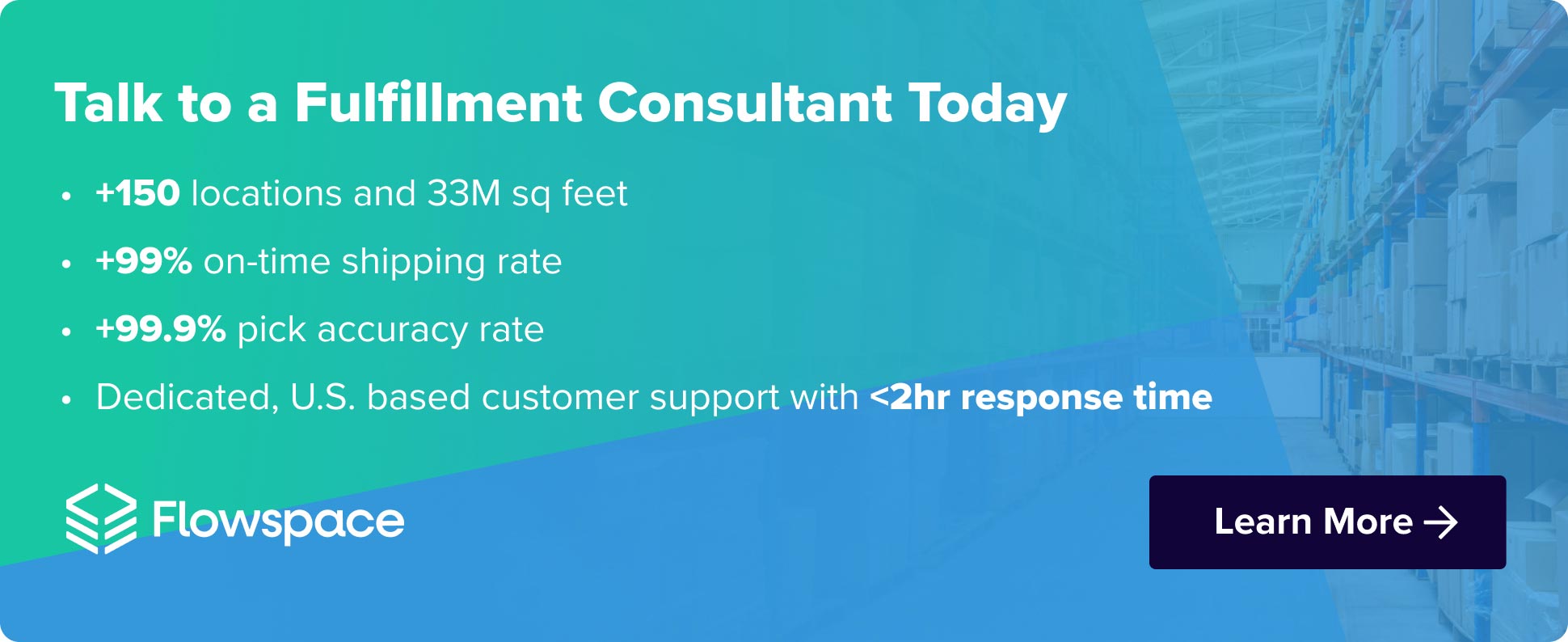
Ordering the wrong size. Changing their mind. Receiving an unwanted gift. These are just some of the reasons a customer might decide to return an item. While the reasons might vary, it’s important that online retailers recognize that returns are no longer an inconvenient occurrence; they’re an inevitability of business for which all brands need to be prepared as this can play a large part in building customer loyalty.
The amount of returned goods is on the rise. In 2021, 20.8% of total merchandise was returned, according to the National Retail Federation and Appriss Retail. That means online retailers can expect to get back one out of every five purchases. That’s an increase from 18.1% in 2020.
A survey in 2020 found that nearly three in four consumers said U.S. retailers needed to do more to improve their return process. But the good news is that 84% of consumers said a positive return experience encourages them to shop with that retailer again. That said, establishing a streamlined returns management process will help improve customer retention for brands across all different industries.
What Is Returns Management?
Returns management is the process through which a customer returns an item. This process spans from a customer initiating the return to sending the item back to getting a refund, replacement item, or store credit. Because there are so many steps, there are also many decisions a retailer needs to make, and all of these decisions impact how efficiently the return process happens.
On the seller’s side, perhaps the most important steps happen after a returned item arrives back in the warehouse. The seller needs to decide what to do with that returned item: resell, destroy, recycle, or repair. The seller also needs to decide whether to offer a refund, an exchange, a store credit, or a replacement item.
Now that you understand how important returns management is, how can you improve your return process?
How to Optimize the Return Process
Ensuring a fast and easy return process can not only reduce the costs associated with returns, but can also increase customer satisfaction and encourage repeat shopping.
Understand the Types of Returns
One way to optimize the return process is to try and stop returns before they happen. To do that, it’s important to understand the two types of returns: those that the retailer can control and those that the retailer cannot control. Examples of returns that a retailer can control include products returned because they were damaged, they arrived too late, or they didn’t match the description or live up to customer expectations. Examples of returns that a retailer cannot control include the customer changing their mind after purchasing. Retailers can improve product descriptions, use different packaging, and improve shipping speeds to try to mitigate some of the controllable returns.
Calculate the Cost of Returns
Just like free shipping, ecommerce customers are also increasingly expecting free returns. In fact, nearly 80% of consumers want free return shipping.1 In order to understand the true cost of returns, which includes shipping, tracking, and the time spent managing returns once they’re back in the warehouse. You might find that the cost of getting a returned product back to your warehouse is more than the cost of a new product. In that case, it might make more sense to let the customer keep the item. Developing a customer-driven supply chain strategy can also help out with simplifying the costs of the return process.
Create a Clear Return Policy
The best way to avoid problems in the returns management process is to make sure the customer has a clear understanding of the policy. You can support this by ensuring your return policy is easy to understand and transparent. The policy also needs to be easy for consumers to access and should be posted on your website and any partner sites you sell on, and should be included with the product when shipping to ensure top-quality customer service. Research shows that two-thirds of consumers look at a brand’s return policy before purchasing.1
Use Returns as a Learning Experience
Every time an item is returned, you have the opportunity to uncover ways to improve the shopping experience for your customers. For example, if you find that customers frequently return purchased items because they don’t fit, you can think about looking into your size chart. An inventory forecasting and planning software can give you an in-depth look at your inventory and help you unlock insights that help you optimize your entire supply chain based on customer demand.
Ensure You Can Process Returns Quickly
Consumers are increasingly expecting returns to be easy and refunds to be quick. Ensuring that you can process returns and get customers their refunds quickly is more important than ever for customer satisfaction. An IMRG report found that 64% of consumers expect a refund within 30 days.2
Provide Return Tracking
Allowing customers to track orders and check in on their return status has become standard practice, and so should be allowing customers to track their returns. On the front end, customers can see when their order has been received, packed, and shipped. For returns, showing customers when their return has been received and their refund processed can increase transparency and customer satisfaction.
Use a Fulfillment Partner
A fulfillment center will store, pack, and ship your products for you, but a fulfillment partner can also manage returns. Relying on a third-party fulfillment solution can increase efficiency and ensure your business can focus on growth. Flowspace connects merchants to a national fulfillment network that enables sellers to offer consistently fast, efficient delivery from every channel and streamline the return process, and can help your brand with other fulfillment-related needs, such as managing overflow storage.
Sources:







